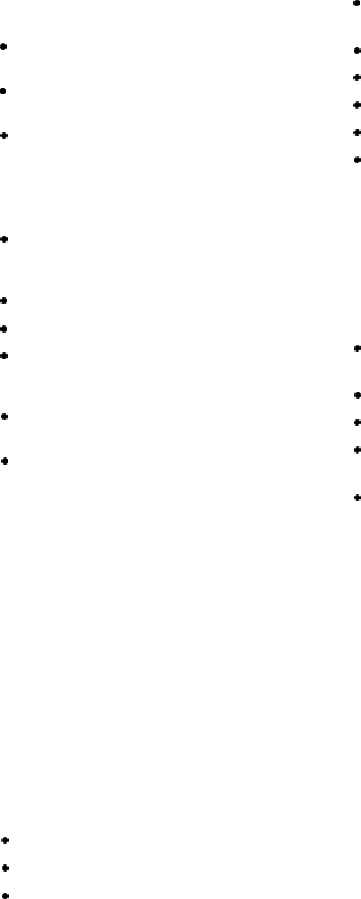When hauling a load with the vehicle, inspect the
following:
. Ensure all cargo is properly blocked, braced, tied,
chained, and so forth.
. Ensure the tailboards are up and properly secured
(if so equipped).
. Ensure the rear doors are securely closed,
latched, or locked.
LEFT SIDE.— When inspecting the left side, you
inspect all items the same as on the right side, plus the
following:
. Ensure the battery box (if not located in the
engine compartment) is securely mounted to the
vehicle.
. Ensure the battery box cover is secured.
. Ensure the batteries are secured.
. Ensure the batteries are not broken or leaking,
and the fluid level in the battery is at the proper
level.
c Ensure the battery cell caps are present and are
securely tightened.
. Ensure the vents in the cell caps are free of
foreign material.
Cab Inspection
You begin the cab inspection by ensuring the
parking brake is on and the transmission is in neutral or
park, if automatic. Start the engine and listen for unusual
noises. Allow the engine to warmup properly. This takes
between 3 to 5 minutes.
GAUGES.— Look at the gauges, such as the oil
pressure, ammeter and/or voltmeter, coolant temper-
ature, and engine oil temperature. These systems should
come up to read normal within seconds after the engine
has started. Warning lights and buzzers for oil, coolant,
and charging system should go out once the system
registers normal.
CONTROLS.— Check the condition of the follow-
ing for looseness, sticking, damage, or improper setting:
l
l
l
Steering wheel
Clutch
Accelerator pedal
7-8
l
l
l
l
l
l
Brake controls, such as foot brakes, trailer
brakes, parking brakes, and retarder controls
Transmission controls
Inner axle differential lock (if so equipped)
Horn(s)
Windshield wiper/washer
Lights, such as headlights, dimmer switch, turn
signals, four-way flashers, clearance, identifica-
tion, and marker lights
MIRRORS AND WINDSHIELD.— Inspect
mirrors for cracks, dirt, looseness, and obstructions.
Clean, tighten, and adjust as necesary.
EMERGENCY EQUIPMENT.— Check for
safety
l
l
l
l
l
equipment, such as the following:
Spare electrical fuses (unless the vehicle has
circuit breakers)
Three red reflective triangles
A properly charged and rated fire extinguisher
Tire changing equipment (obtain from collateral
equipage)
Accident reporting package
Brake Test
If your vehicle is equipped with hydraulic brakes,
perform the following test to check the brake system.
Pump the brakes three times, then apply firm pressure
to the pedal and hold for 5 seconds. The pedal should
not move. If it does, there may be a leak or other
problems.
To test the parking brake, you should allow the
vehicle to move forward slowly and then apply the
parking brake.
To test the service braking action, you should
proceed at about 5 mph, then push the brake pedal
firmly. A pull of the vehicle to one side or the other or
any delay in stopping action is an indication of brake
trouble. Any brake problems that occurred during this
testing must be documented and repaired before
operating the piece of equipment.

